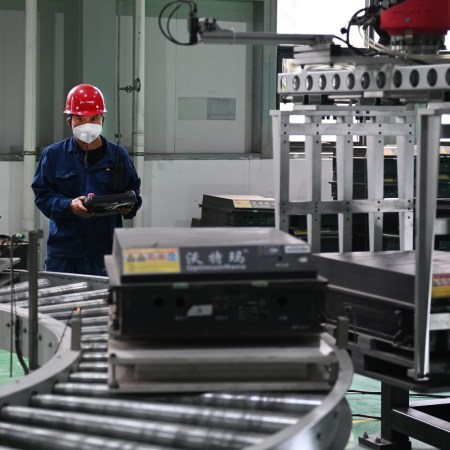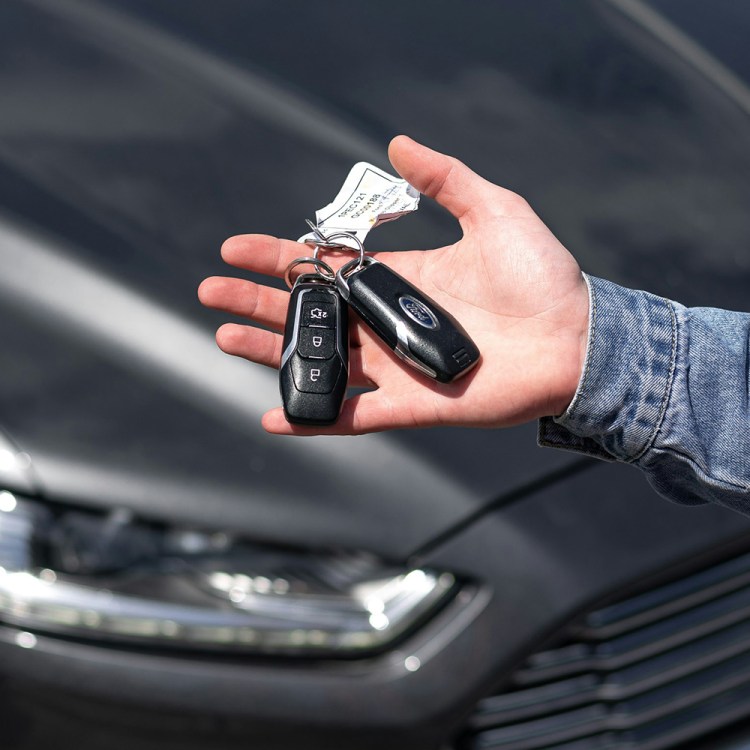For automakers expanding their foothold in the EV space, finding the right array of vehicles to manufacture is only part of the equation. You can build the most aesthetically pleasing, highly responsive EV imaginable, but if its battery can only take it 50 miles on a single charge, you’re not going to sell too many models. It’s one of the reasons why plenty of automakers are investing in advanced battery technology.
The latest automakers to announced steps forward in this realm are Ford and Stellantis. And while solid state batteries are a hot concept right now, their announcements show that they aren’t the only option available.
InsideEVs’ Suvrat Kothari reported on both announcements — and if you’ve been following advances in EV battery techology, you’ll see another familiar name there. That’s Factorial Energy, who teamed up with Mercedes-Benz on their solid state batteries last year. Factorial is also a big part of Stellantis’s EV battery plans, as Kothari writes; the biggest takeaway there may be that these batteries can go from 15% to 90% capacity in 18 minutes.
Ford opted to go in a different direction for its next-gen EV batteries. Kothari writes that the automaker has developed its own distinct batteries using a lithium manganese rich cell, and that it has already reached its second generation. As InsideEVs reports, Ford believes that the advantages of this technology include greater stability and a longer driving range.
“This isn’t just a lab experiment,” wrote Charles Poon, Ford’s Director, Electrified Propulsion Engineering, on LinkedIn. “We’re actively working to scale LMR cell chemistry and integrate them into our future vehicle lineup within this decade.”
Mercedes and BMW Are Upgrading Their EV Battery Tech
Including some ambitious solid state testingPerformance isn’t the only thing Ford is looking to improve with this battery technology. Poon wrote that Ford was “targeting a cost significantly lower than current mid-nickel batteries.”
“The introduction of LMR is a key enabler in offering electric vehicles that are both accessible and desirable,” he added. Whether or not the advances in EV batteries involve solid state technology, that combination seems to be the Holy Grail of that technology: a battery that takes a vehicle further while costing less to manufacture. They aren’t using the same technology, but both Ford’s and Stellantis’s announcements are steps in the right direction.
This article appeared in an InsideHook newsletter. Sign up for free to get more on travel, wellness, style, drinking, and culture.



















